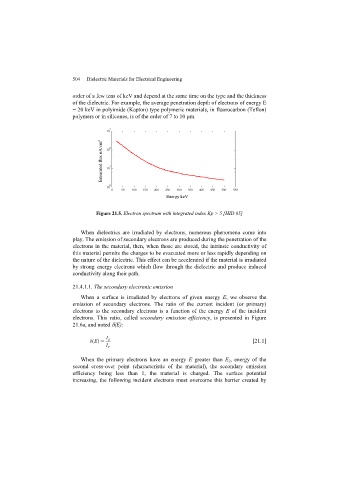Page 506 - Discrete Mathematics and Its Applications
P. 506
7.4 Expected Value and Variance 485
Now let X be the random variable equal to the number of flips in an element in the
sample space. That is, X(T ) = 1, X(HT)= 2, X(HHT)= 3, and so on. Note that p(X = j) =
(1 − p) j−1 p. The expected number of flips until the coin comes up tails equals E(X).
Using Theorem 1, we find that
∞ ∞ ∞
j−1 j−1 1 1
E(X) = j · p(X = j) = j(1 − p) p = p j(1 − p) = p · = .
p 2 p
j=1 j=1 j=1
[The third equality in this chain follows from Table 2 in Section 2.4, which tells us
∞ j−1 2 2
that j=1 j(1 − p) = 1/(1 − (1 − p)) = 1/p .] It follows that the expected num-
ber of times the coin is flipped until tails comes up is 1/p. Note that when the
coin is fair we have p = 1/2, so the expected number of flips until it comes up tails
is 1/(1/2) = 2. ▲
The random variable X that equals the number of flips expected before a coin comes up
tails is an example of a random variable with a geometric distribution.
DEFINITION 2 A random variable X has a geometric distribution with parameter p if p(X = k) =
(1 − p) k−1 p for k = 1, 2, 3,..., where p is a real number with 0 ≤ p ≤ 1.
Geometric distributions arise in many applications because they are used to study the time
required before a particular event happens, such as the time required before we find an object
with a certain property, the number of attempts before an experiment succeeds, the number of
times a product can be used before it fails, and so on.
When we computed the expected value of the number of flips required before a coin comes
up tails, we proved Theorem 4.
THEOREM 4 If the random variable X has the geometric distribution with parameter p, then E(X) = 1/p.
Independent Random Variables
We have already discussed independent events.We will now define what it means for two random
variables to be independent.
DEFINITION 3 The random variables X and Y on a sample space S are independent if
p(X = r 1 and Y = r 2 ) = p(X = r 1 ) · p(Y = r 2 ),
or in words, if the probability that X = r 1 and Y = r 2 equals the product of the probabilities
that X = r 1 and Y = r 2 , for all real numbers r 1 and r 2 .
EXAMPLE 11 Are the random variables X 1 and X 2 from Example 4 independent?
Solution: Let S ={1, 2, 3, 4, 5, 6}, and let i ∈ S and j ∈ S. Because there are 36 possible
outcomes when the pair of dice is rolled and each is equally likely, we have
p(X 1 = i and X 2 = j) = 1/36.

